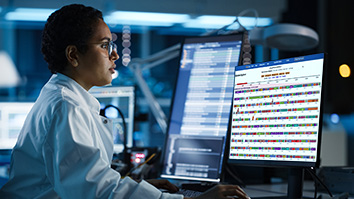Citation
Raghavan, A.; Liu, J. J.; Saha, B.; Price, R. Reference image-independent fault detection in transportation camera systems for nighttime scenes. 15th International IEEE Conference on Intelligent Transportation Systems (ITSC); 2012 September 16-19; Anchorage AK.
Abstract
Automated, unattended camera systems used for various transportation applications such as toll collection and photo enforcement need to capture high quality images in a variety of outdoor scenarios. In particular, they need to remain functional in low ambient illumination conditions (nighttime and cloudy day situations) to enable identification of objects or persons involved in incidents being monitored or extracting relevant information. Over time, for installed camera systems in the field, several problems can develop, such as external flash unit failures, focus drifts, and exposure issues. Thus, it is important to periodically monitor the nighttime images/videos taken by the camera system to ensure nominal functionality. However, due to constantly changing scene elements, it is not practical to compare a historical reference image with an identical scene against current camera output to detect problems. To address this, we present image quality metrics that can be extracted without a nominal reference image and can be used to characterize these problems. These can be incorporated into algorithms that can enable automated camera diagnostics for intelligent transportation systems.


